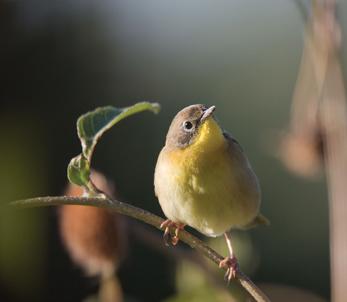
David Schmetterling and Marilyn Marler live in the middle of Missoula on an average city lot. You’d think such a location wouldn’t be a birding hotspot, yet over the past several years the couple has identified more than 50 different bird species attracted to their yard.
Their strategy? Call it, “Plant it, and birds will come.”
Schmetterling and Marler are among the growing number of Montanans discovering the value of “birdscaping” — creating a residential landscape that attracts birds. The idea has been cultivated over the past few decades by bird-lovers across the United States.
A naturally landscaped yard can attract dozens of bird species. The right flowers provide nectar for hummingbirds. Insects that live on native landscaping draw warblers that would never touch a feeder. What’s more, birds often linger in a birdscaped yard. The right shrubs and trees provide shelter from weather and predators, and even provide nesting sites. Include a birdbath, and such a yard serves up everything birds need to thrive — cover, food, water, and nesting places.
Native plants provide the key. After all, Montana birds have long thrived on local plants. Native vegetation survives Montana’s temperatures and provides a succession of foods to get birds through the year. What’s more, these plants need no special watering or fertilizing. Another benefit, say Marler and Schmetterling, is that surrounding their home with plant species native only to the surrounding wildlands restores a sense of what Schmetterling calls “regional distinctiveness” to their property. “We like having plants that are from here and in many cases are found nowhere else,” he says.
When it comes to birds, having bugs around is great. Baby birds especially need insects to survive. But most foreign plants found at garden centers are unfriendly to native bugs. Douglas Tallamy, professor of entomology at the University of Delaware and author of Bringing Nature Home: How Native Plants Sustain Wildlife in Our Gardens, writes that the alien ornamentals that dominate most yards produce physical and chemical defenses that native insects can’t handle. The bugs die or move elsewhere, forcing birds to move on, too.
Schmetterling, a fisheries biologist, and Marler, a botanist, understand that many homeowners balk at the thought of attracting insects. “But we don’t consider insects a problem,” Schmetterling says. “We like having caterpillars and moths and native bees in our yard. We consider them to be beneficial, not to mention that they provide food for birds.” Butterflies, too.
The popularity of birdscaping appears to be growing in Montana. Sandi Blake, co-owner of Blake’s nursery in Big Timber, says the nursery has ramped up their supplies of native plants as customers become more aware of them. “They’re huge! They’re attractive, appealing, and lower maintenance,” she says. “If you supply birds, butterflies, and moths with their annual menu, they keep coming around.” The nursery has had success producing custom mixes of native grass species and promoting “bio-hedges.” The diverse mixes of mostly native trees and shrubs block wind, attract birds, add year-round color, and need little watering.
Interested in birdscaping your property? You’ll find sources online. Your local garden center may also offer advice or perhaps know of a landscape designer with expertise in native planting. Keep in mind that many nurseries deal almost entirely with plants from beyond your region and may lack knowledge about true natives. (Some nurseries label as “native” any plant indigenous to the United States.)
Here are some steps to get you started birdscaping:
Map the yard
Before you start planting, sketch a rough map of your yard, including sidewalks, driveways, and existing trees. To determine appropriate plants for different areas, think about sun exposure, annual moisture, topography, drainage, and the views to preserve or screen out. You do not want to put a thirsty, shade-loving red-osier dogwood on an open, south-facing slope, after all.
Learn about local native plants
The vegetation that will grow best in your yard was likely there before your house was built. Walk through the nearest open space to get a sense of what species thrive in your area. Visit nearby wildlands to become familiar with local plant communities. Talk to neighbors who garden and landscape with native species. One great source is the Montana Native Plant Society website (mtnativeplants.org), which has recommendations for each area of the state.
Birds enjoy a wide range of plant sizes, shapes, fruits, and seeds, so the more diversity the better. Consider a dozen or so species your first planting year, then expand later. Schmetterling and Marler have planted more than 100 species native to the Missoula area. “There’s always something blooming, from buttercups in March to rabbitbrush still flowering in October and November,” Schmetterling says.
Another resource is the U.S. Department of Agriculture plant database (plants.usda.gov), which shows pictures of most native plants. Click on the “Plant Guide” to learn more about the plants that interest you, noting the scientific name of each. Plants go by many different common names; by knowing the scientific name, you can be sure you get what you want.
Design the plantings
Just because you are creating wildlife habitat does not mean your bird garden has to look like an overgrown jungle. You can give native landscaping a tidy look by edging grass from other plantings, lightly pruning shrubs, and installing stone, gravel, or wood chip walkways. Marler contains milkweed, goldenrod, and other plants that spread quickly by planting them in a pot or bucket with the bottom removed.
A natural setting in the backyard can accompany a more conventional front yard that meshes with the neighborhood. In fact, even in the backyard, you may not want to kiss your manicured lawn goodbye. Schmetterling and Marler have retained small islands of lawn just for sitting. Even converting just 10 percent of a lawn to native vegetation can make your yard more attractive — both to people and birds.
Buy plants
With plan in hand, it’s time to purchase your plants. Buying native is more difficult than running down to the local superstore for a flat of impatiens. Call local nurseries to see if they sell the plants you’re looking for. Most carry a few native species, but you may have to visit a nursery out of town to find a wide variety. Contact a local chapter of the Montana Native Plant Society for advice on the closest nurseries that carry native species. Also, you may find native plants at farmers’ markets.
Don’t dig up native plants from the wild unless rescuing some from an area about to be developed or cultivated. When asked, many landowners or developers will gladly let you take plants from a building site. Another option is to collect seeds from wild plants for planting.
Plant
Nurseries and garden centers offer plenty of advice on how to get your plants into the ground. Be sure to water new regularly the first year until the new plantings take root. A layer of mulch around new plantings will keep weeds down.
Enjoy
Schmetterling says that within the first year of planting, he and Marler began seeing more birds around their house. Many people think they need to leave town to get their wildlife fix. But with a birdscaped yard, you can stay home and let the wildlife come to you. “I’m outdoors a lot with my job or when I’m hunting or fishing, and I get to see wildlife all the time,” says Schmetterling. “But there’s something really gratifying about seeing a chickadee in the backyard eating aphids off a serviceberry you planted yourself.”


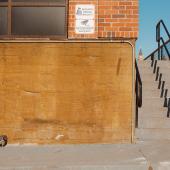
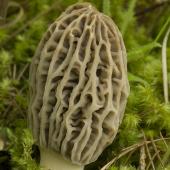
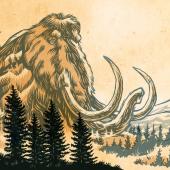
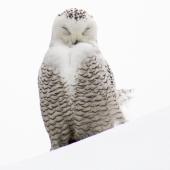
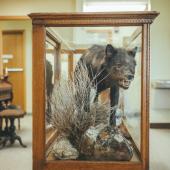
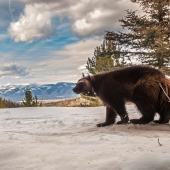
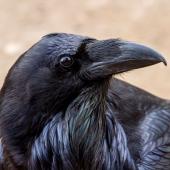

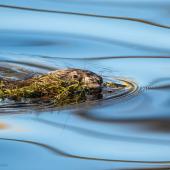
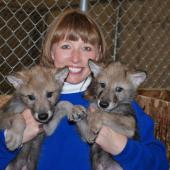
Leave a Comment Here